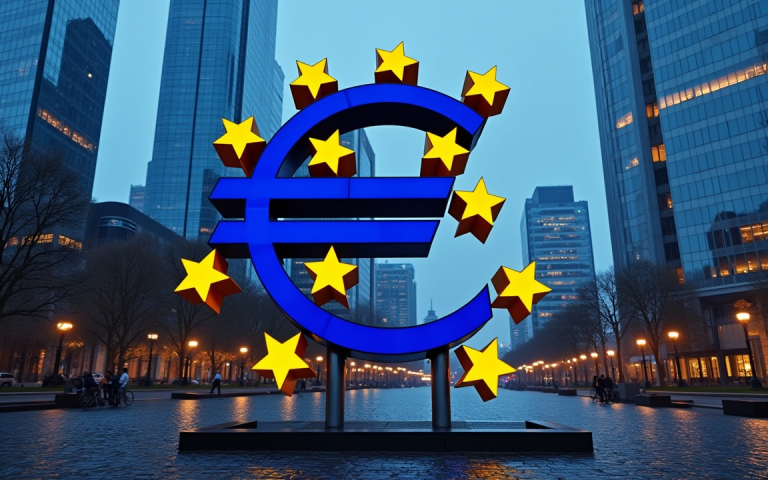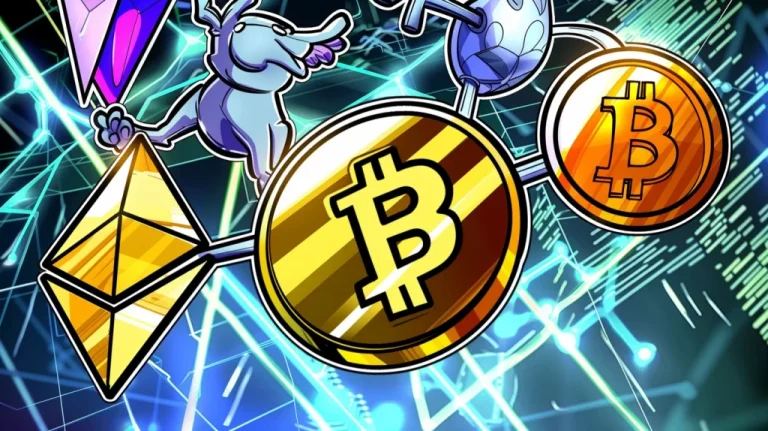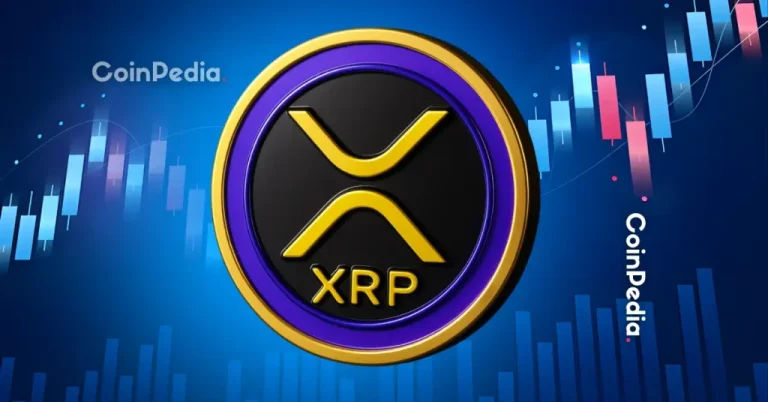Silver price refreshed its record high on Friday, proving that the rally was not just Fed-driven. With the persistent economic uncertainties and geopolitical risks, investors are seeking exposure in the white metal, which they expect to rally further. This sentiment has bolstered silver ETF inflows, with November marking its highest level since July. Besides, its industrial demand has surged at a time when the physical market is experiencing supply tightness.
Silver price analysis beyond the Fed decision
The SLV ETF stock has been on a parabolic surge in recent weeks; refreshing its all-time high several times along the way. Notably, one of the key drivers of this spike has been expectations of an interest rate cut by the Federal Reserve. As such, it appeared likely that a hawkish guidance would ease the rallying while strengthening the US dollar.
True to the financial markets’ expectations, the Fed cut interest rates by a quarter percentage point, bringing the lending rates to between 3.5% and 3.75%. This third reduction of the year came amid differing opinions among the policymakers with Jerome Powell terming the vote as “a close call”.
While the central bank does not see a rate hike as being the base case for the coming months, its outlook is for one cut in 2026. According to Powell, it has done enough to help normalize the US labor market while allowing inflation to resume its decline towards the 2% target.
Ordinarily, a hawkish tone from the Fed would weigh on silver prices. However, its movements after the FOMC statement have indicated that the rally is not merely Fed-driven. Instead, heightened demand and supply tightness in the physical market remain the primary drivers of the uptrend.
Compared to gold’s price surge of about 60% ytd, silver price has more than doubled its value since the start of 2025. While gold has recorded stellar performance this year, investors have embraced the white metal as a preferred alternative for jewelry and investment. Its industrial demand has also surged from products like medical technology, solar panels, and EVs.
Besides, steady ETF inflows have bolstered the rally as investors expect economic uncertainties and geopolitical risk to sustain the precious metal’s safe-haven appeal. In November, silver ETF inflows hit the highest level since July at 15.7 million ounces. With this solid demand outlook, SLV silver ETF will likely extend its uptrend; at least in the short term.
SLV ETF stock technical analysis
On Wednesday, the iShares Silver Trust ETF extended gains from the previous session to hit a fresh record high of $566.07. Since retesting its 2012 levels about two weeks ago, the top silver ETF has recorded six fresh all-time highs as physical demand surges and supply tightens.
A look at its daily chart indicates that the rallying has pushed the asset to the overbought territory at an RSI of 75. While a corrective pullback is expected in the near-term, the bulls have the chance to push SLV silver price higher as more buyers seek exposure.
At its current level, further rallying will likely see it reach $57 and beyond as the bulls eye the crucial zone of $60. On the flip side, the expected healthy decline may have the silver ETF gain support at the previous resistance level of $53.29. A further pullback will likely activate the lower support along the short-term 25-day EMA at $49.47.
The post SLV ETF stock analysis as silver prices momentum gains steam appeared first on Invezz










